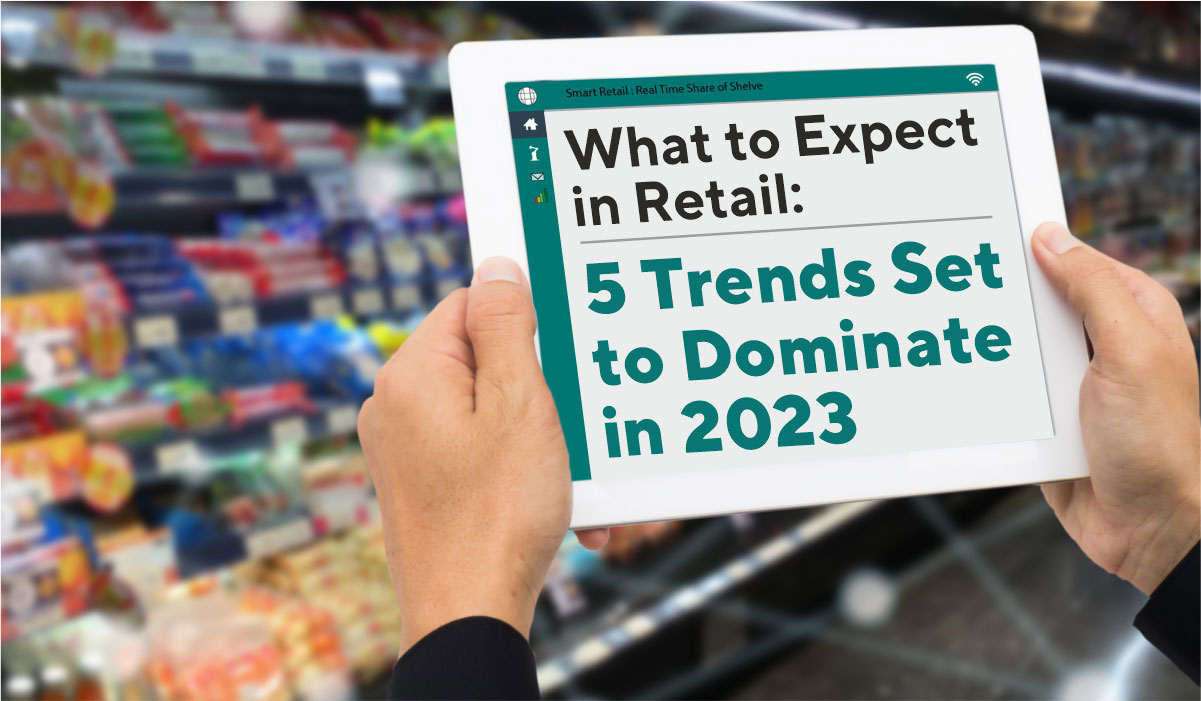The global economy has become a perplexing cycle of hope and uncertainties. As countries worldwide recover from the aftermath of COVID-19, a collaborative approach is crucial. The state of the retail industry finds itself in a similar paradox. Retailers, the sellers of goods directly to customers, can be classified into three categories:
Product Retail, Service Retail, and Non-Store Retail. While customers often confuse retail with wholesale, the key distinction lies in the type of buyer. Retail involves selling products directly to end consumers, whereas wholesale consists in selling products in bulk to other businesses. The pandemic has tremendously impacted buying and selling patterns, prompting marketing units to adopt new strategies to survive the challenges. Retailers are now going beyond the basic fundamentals of establishing a shop, stocking inventory, and counter displays.
Recent studies have revealed that retail leads the pack when it comes to increased digital adoption by consumers. This shift indicates that retail has entered the era of technology, moving away from traditional brick-and-mortar operations. The skyrocketing prices and inflation further complicate matters, compelling retailers to be flexible in their decisions to maintain their customer base. To help make strategic decisions on what to focus on, let’s explore the most significant retail trends projected to shape the industry in 2023.
Also Read: What is MBA in Retail Management and its Scope in 2023
Top 5 Retail Trends to Dominate in 2023
The retail industry is undergoing a transformation, redefining the shopping experience. These trends will serve as guiding steps, offering cutting-edge solutions for retailers to
outperform competitors and enhance their commerce.
Personalization Shines in All Aspects
When we think of personalization in retail, industry leader Nike comes to mind. Their approach allows shoppers to create custom sneakers. Incorporating personalization into retail strategies has a profound influence on shoppers, as it meets their expectations and keeps them engaged. Advanced technologies provide customers with better access and greater control over their purchases. On-demand personalization keeps customers connected and refines their shopping experience. Many retail companies are striving to offer such experiences, allowing shoppers to interact more intimately with their businesses.
When implementing these strategies in retail marketing, several factors must be considered:
- The process should be convenient for shoppers.
- Offer varied and appealing options as much as possible.
- Ensure the process is enjoyable.
Seamless Customer Journeys
E-commerce has always provided a convenient shopping avenue, posing a significant challenge for retailers to create seamless transitions for customers from online to in-person trade. Retailers must invest more in customer experience to gain a better understanding of shopper behavior. Ensuring easy customer service, preferred payment options, inventory visibility, and more can be effective strategies for success.
Social Community and Social Commerce
Developing a robust online community provides customers with a powerful way to communicate. By indirectly promoting your products, customers contribute to increased sales. Social media platforms like TikTok and Instagram serve as digital social communities, widely used for discussions, reviews, and brand advocacy. Live streaming has emerged as a powerful tool for interaction and building connections.
In these influential virtual spaces, retailers are expected to expand their offerings through digital platforms, which have become the fastest-growing marketing channels.
Reshaping Retail through Hybrid Experiences
Retailers are urged to adopt strategies that merge the physical and online worlds seamlessly. They aim to find new ways to deliver customers unique and memorable shopping experiences through digital and physical channels. Savvy retailers have integrated digital mediums into their stores, including digital displays and apps. Hosting regular workshops and installations are effective strategies through which retailers can showcase their physical capabilities in an appealing manner in the digital realm. This provides a glimpse of their services and compels customers to choose their products.
BOPIS, BOPAC & BORIS
Buy online, pick up in-store (BOPIS); buy online, pick up at curbside (BOPAC); and buy online, return in-store (BORIS) have become integral to the retail experience, offering a safer shopping experience. However, retailers need to reinvent these strategies as their success depends not only on retailers but also on inventory management capabilities. Retailers need to reevaluate their technology and invest in contemporary inventory management to support the long-term success of BOPIS, BOPAC, or BORIS. This will enable better order fulfillment and offer flexibility in the marketplace.
Also Read: Entrepreneurship and Innovation: An MBA Perspective
Implementing the Latest Retail Trends
These cutting-edge trends blend customer relationships and technology, evolving along with your business. Over the past year, challenges across supply chains, inflationary pricing, economic uncertainty, and other factors have burdened retailers and urged them to focus on customer shopping journeys. These trends represent the most significant developments in 2023 that will impact the industry. Other focal points for retailers include workforce reshaping, consumerism curtailment, space-effective use, and more. These trends will help retailers reach more customers and increase sales.
MBA in Retail Management
As India emerges as the fastest-growing destination in retail, a Master of Business Administration degree in Retail Management provides an excellent starting point. Chitkara University & 39; top-ranked MBA program offers a solid foundation in management, with a specific focus on the retail industry. Set up your career in Retail Management for both domestic and international businesses.
The program offers specialized knowledge, sales and marketing strategies, and insights relevant to the retail industry. Develop your managerial, leadership, and communication skills through the MBA program, gaining a competitive edge in the marketing world to stand out from the perfect competition.
This MBA program includes specialized courses such as Sales Management, Marketing Research, Consumer Behavior, Financial Management, Negotiation Skills, Selling, and Branding. The 2-year full-time MBA in Sales Retail Management Program is divided into four semesters of six months each. The program follows a module-based teaching approach, with each module consisting of two subjects worth two to three credits. There are 18 hours of study per credit, which includes in-class instruction, projects, and assignments.
Strive for perfection through learning!
Conclusion
The retail industry is in a constant state of evolution, and businesses and retailers must find ways to stand out in the marketplace. These trends significantly impact the customer experience, making them vital for boosting and driving business strategies. They offer a glimpse into the future of the industry. By embracing these changes, retailers can expect positive outcomes in the years to come.






